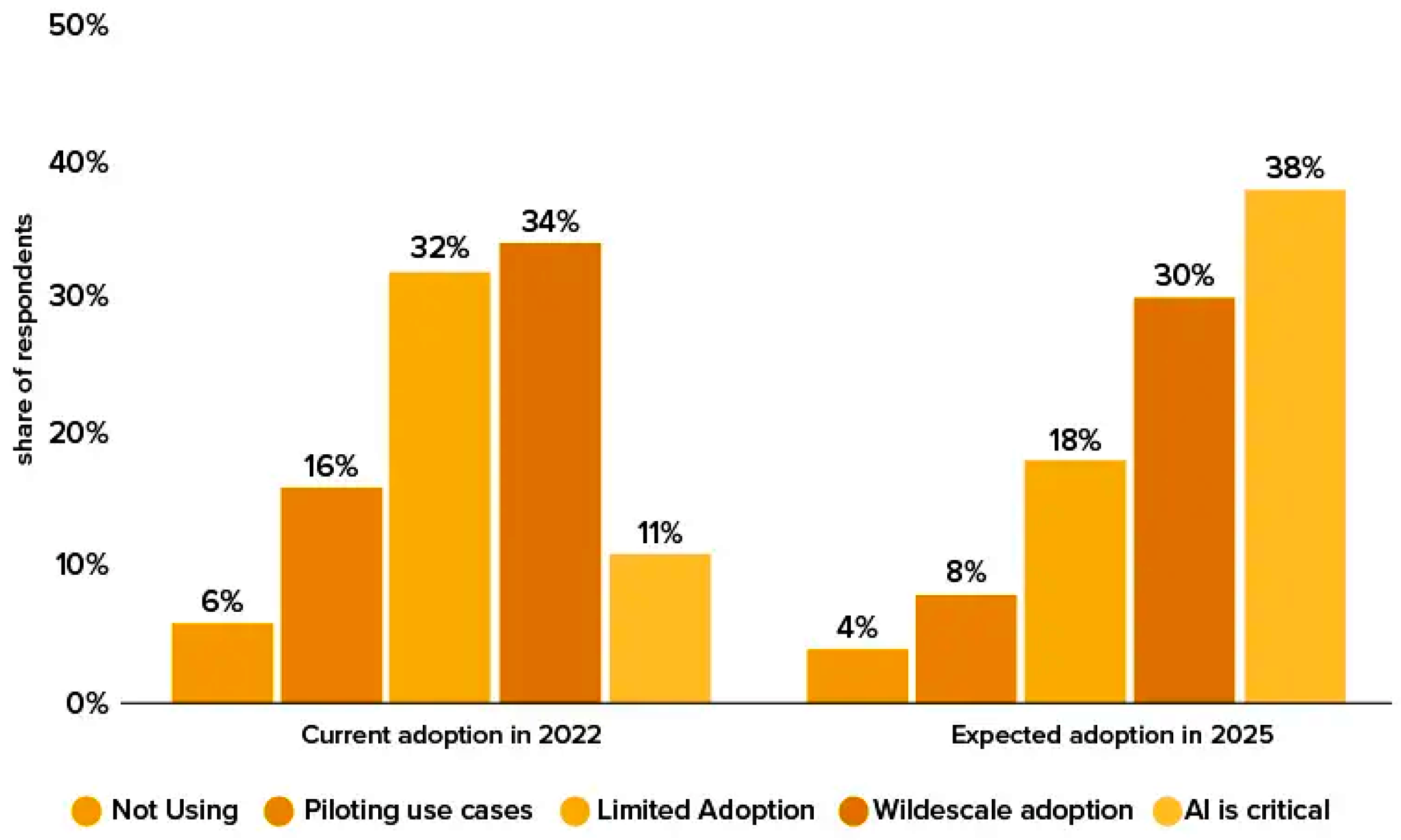In today’s competitive business landscape, understanding your customers is key to survival. But with the explosion of data, deciphering customer behavior and predicting future actions can feel like gazing into a crystal ball. Thankfully, the future is brighter than you think, illuminated by the power of predictive analytics in sales.
Harnessing the power of artificial intelligence (AI) and machine learning (ML), predictive analytics sifts through vast amounts of customer data, uncovering hidden patterns and trends. This translates into real-world benefits for sales teams, enabling them to:
Forecast customer behavior: Predict the likelihood of purchase, churn, and upsell opportunities, allowing you to prioritize leads and allocate resources effectively.
Identify high-value customers: Spot the customers who are most likely to spend big, enabling you to focus your efforts on driving maximum ROI.

Personalize the sales experience: Tailor your outreach and messaging based on individual customer needs and preferences, increasing engagement and conversion rates.
Optimize pricing strategies: Set dynamic prices that maximize revenue based on customer segments and predicted purchase behavior.
Reduce churn: Proactively identify customers at risk of leaving and implement targeted retention strategies.
But how does it work? The magic behind predictive analytics lies in its ability to analyze historical data, including:
- Customer demographics and purchase history: Age, location, buying habits, etc.
- Website interaction: Clickstream data, page views, abandoned carts, etc.
- Social media behavior: Likes, shares, comments, etc.
- Email engagement: Open rates, click-through rates, etc.
- External factors: Economic trends, competitor activity, industry news, etc.
By feeding this data into sophisticated algorithms, predictive analytics models can identify correlations and predict future customer behavior with surprising accuracy. Imagine knowing which leads are most likely to convert, what products a customer is likely to purchase next, or when they might be at risk of churning. This knowledge empowers sales teams to:

Target the right prospects: Focus efforts on qualified leads with a high chance of closing, maximizing lead conversion rates.
Nurture leads effectively: Personalize communication and tailor offers based on predicted needs and buying stages.
Upsell and cross-sell strategically: Recommend relevant products based on past purchases and predicted preferences.
Proactively address churn: Identify at-risk customers and intervene with targeted retention campaigns before they leave.
Implementing predictive analytics doesn’t require a team of data scientists. Numerous user-friendly software solutions are available, designed specifically for sales teams. These tools provide intuitive dashboards and actionable insights, empowering even non-technical users to leverage the power of AI.
However, it’s important to remember that predictive analytics is just a tool, not a magic bullet. Its effectiveness relies on several factors:
Data quality: Ensure your data is accurate, complete, and relevant for the predictions you want to make.
Model selection: Choose the right predictive model based on your specific goals and data characteristics.
Model training and monitoring: Regularly update your models with fresh data to ensure they remain accurate and adapt to changing trends.
By understanding the potential and limitations of predictive analytics, sales teams can unlock a powerful weapon in their arsenal. It’s about harnessing the power of data to gain deeper customer insights, predict future behavior, and ultimately close more deals.
So, ditch the crystal ball and embrace the data-driven future of sales with predictive analytics. Remember, the more you know about your customers, the better equipped you are to win their hearts (and wallets)!



